M.A.R.C.H. - Battle Proven First Aid Training
The Beginning of M.A.R.C.H.
In 1996, special operation forces founded the Tactical Combat

Casualty Care (T.C.C.C.) after realizing that extremity hemorrhage, or profuse bleeding, was a leading cause of preventable death. Even more concerning was that these injuries weren't being treated with highly effective tourniquets due to a lack of education.
Through T.C.C.C.'s consistent efforts to teach soldiers the proper steps to treat excessive bleeding and other trauma, M.A.R.C.H. was born. This transformed battlefield medicine and first aid training by utilizing proven medical practices and replacing outdated, inefficient methods. Since its development, it has saved countless lives both on the battlefield in Iraq and in civilians' everyday lives.
What do the letters stand for?
M.A.R.C.H. stands for massive bleed, airway, respirations, circulation, and hypothermia. Each step addresses life-threatening situations you may be unlucky enough, but hopefully prepared, to find yourself or those around you in and how to treat them until professionals arrive.
Massive Bleed

Massive bleeding or hemorrhaging happens when a blood vessel is ruptured or damaged. To administer first aid, you need to find the source of the bleeding and hold direct pressure until a clot forms. Depending on the extent of the bleeding, you may need to rely on heavy hitters like tourniquets, hemostatic gauze, or pressure bandages. While we doubt you'll be kicking back in a situation like this, remember that time is of the essence when it comes to massive bleeds.
Airway
Sometimes, a patient will have difficulty or be completely unable to breathe. If you suspect this, first check their mouth for any obstructions. If something is blocking the airway, remove it. Suppose there are no visible obstructions, and they are either fully or partially unconscious. In that case, their tongue may be blocking their airway. Under these circumstances, insert a Nasopharyngeal Airway (N.P.A.). Never use an N.P.A. on conscious patients or choking victims.
Respirations
Everyone loves bounce houses; it's ok, we won't tell! However, we'd all prefer it if our lungs didn't turn into one. If a patient suffers

a puncture wound to their torso, air can enter the chest cavity and risk collapsing the lungs. Even worse, it can put dangerous pressure on their heart and risk cardiac arrest. To treat, locate the entrance and exit wounds. Wipe the patient's injuries and apply vented chest seals. The vents will allow air to escape from the injury without allowing more in.
Circulation
Once you reach this step, you've treated all major wounds. Your first aid training is paying off! From here, search the patient for any additional, non-life-threatening injuries. The best way to do this is with a blood sweep. You can perform one by taking clean or gloved hands and brushing them down the patient's body. If your hands have blood on them afterward, find the location of the bleed and treat accordingly.
Hypothermia
Even if you're in the middle of the Sahara Desert, a patient can still suffer from hypothermia if they've been bleeding heavily. Cover them up with additional clothes, sleeping bags, or space blankets. Take extra care to cover their head and torso as body heat can escape quickly from these areas. Remember, it's easier to keep a patient warm than to bring their body temperature back up.
Equipment
Since typical first aid kits don't accommodate M.A.R.C.H., it may seem like you need to splurge on lots of extra equipment to be adequately prepared. However, you'll be golden by adding a few additional tools to your basic first aid kit. We recommend adding:
With just a little preparation and first aid training, you can face life's challenges head-on like the champion you are! If you're missing some equipment or looking to upgrade your first aid kit, My Medic is your one-stop shop for high-quality, practical first aid supplies. If you need a demonstration on how to use these tools or want to learn more in-depth about M.A.R.C.H., purchase Green Beret medic Billy Haley's M.A.R.C.H. First Aid Training.
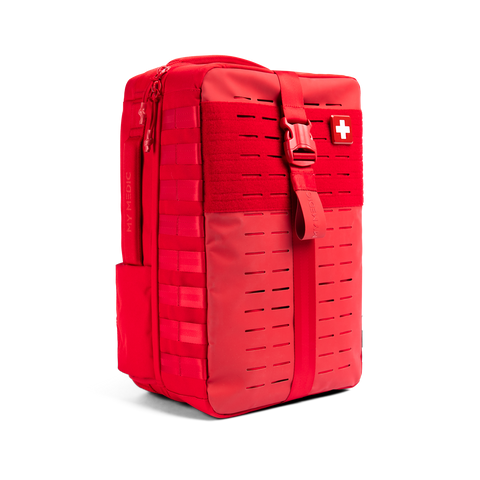 NEW ARRIVALS
NEW ARRIVALS
 BEST SELLERS
BEST SELLERS
 SUPERSKIN™
SUPERSKIN™
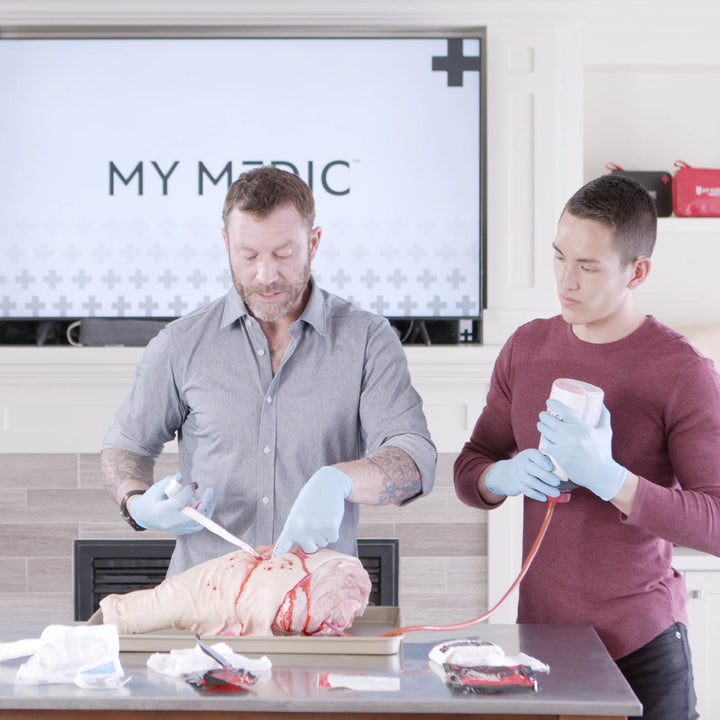 COURSES
COURSES
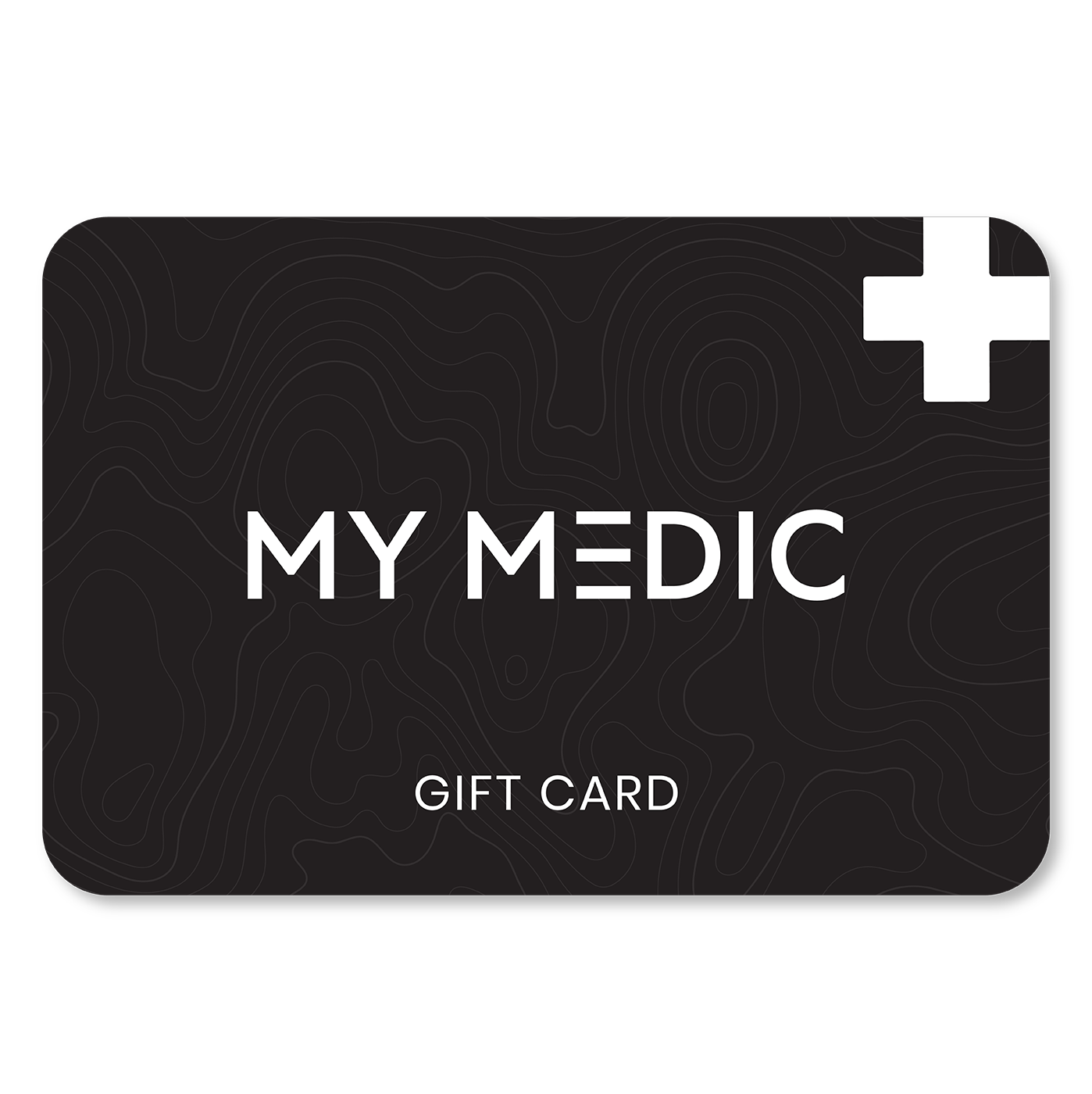 GIFT CARDS
GIFT CARDS
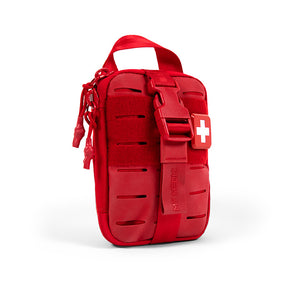 The MyFAK Collection
The MyFAK Collection
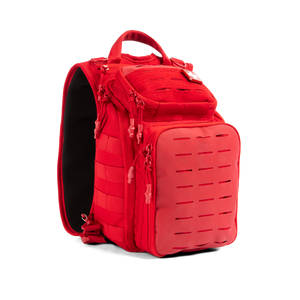 Specialty
Specialty
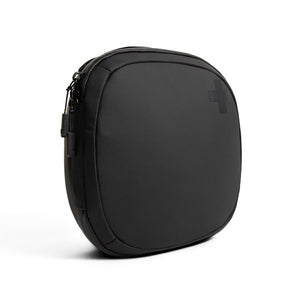 The Ready Collection
The Ready Collection
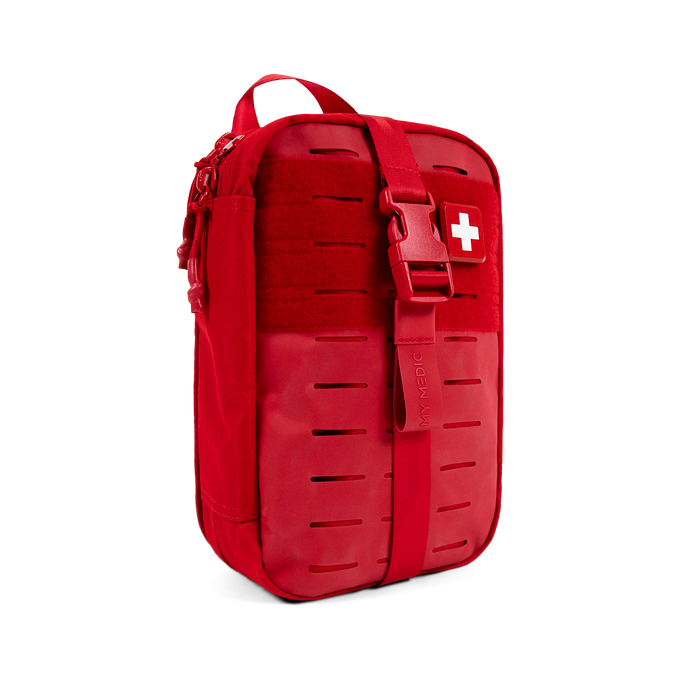
 BLEED
BLEED
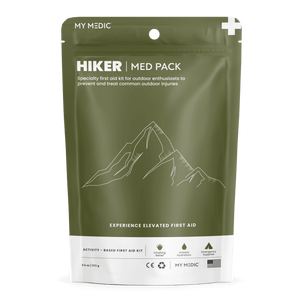 OUTDOOR
OUTDOOR
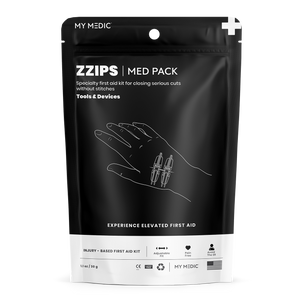 TOOLS & DEVICES
TOOLS & DEVICES
 AIRWAY
AIRWAY
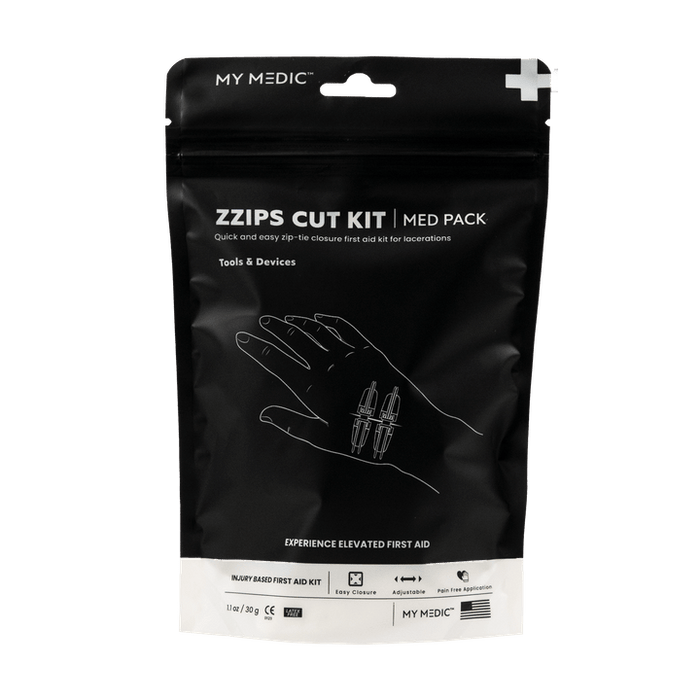
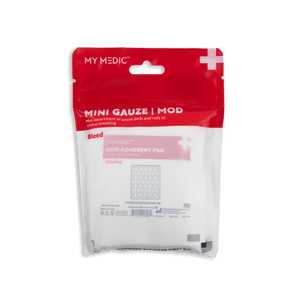 BLEED
BLEED
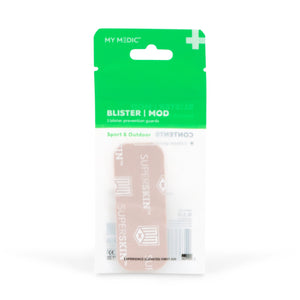 OUTDOOR
OUTDOOR
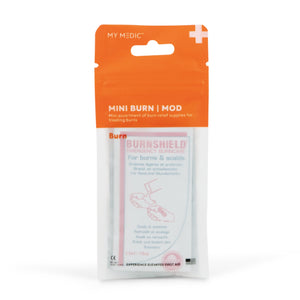 BURN
BURN
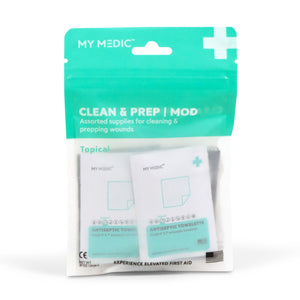 TOPICAL
TOPICAL
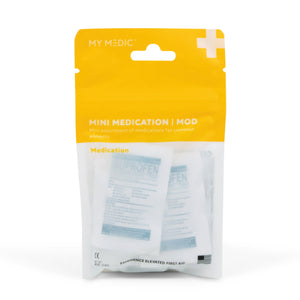 MEDICATION
MEDICATION
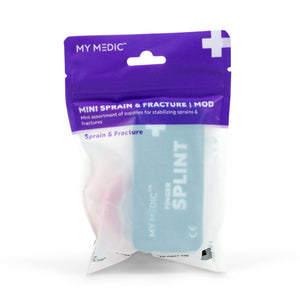 SPRAIN & FRACTURE
SPRAIN & FRACTURE
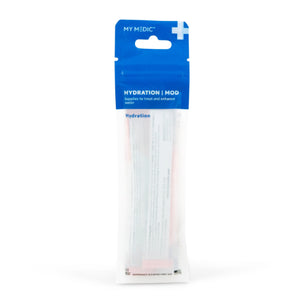 HYDRATION
HYDRATION
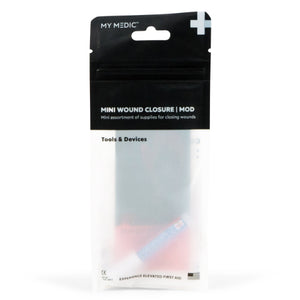 TOOLS & DEVICES
TOOLS & DEVICES
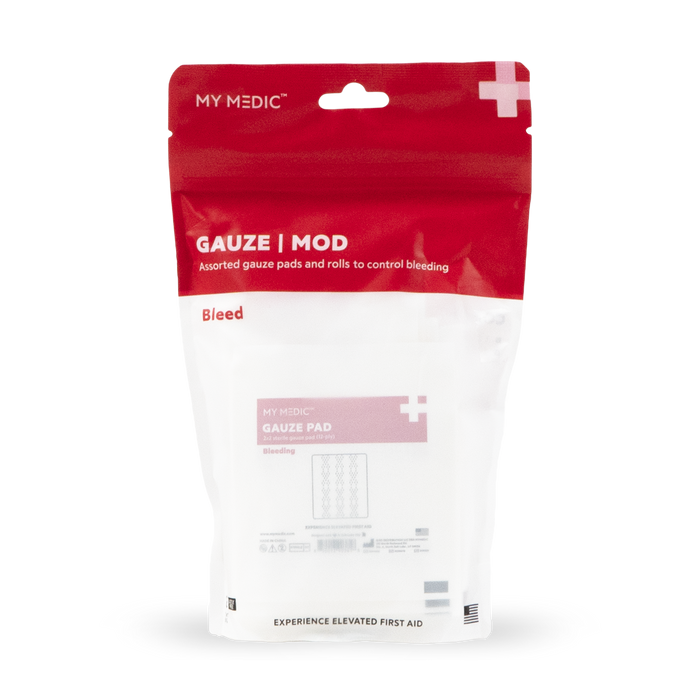
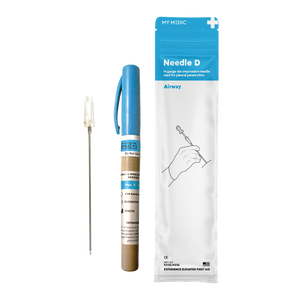 Supply Categories
Supply Categories
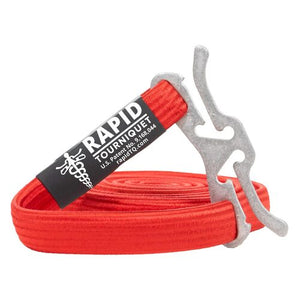 Top Sellers
Top Sellers
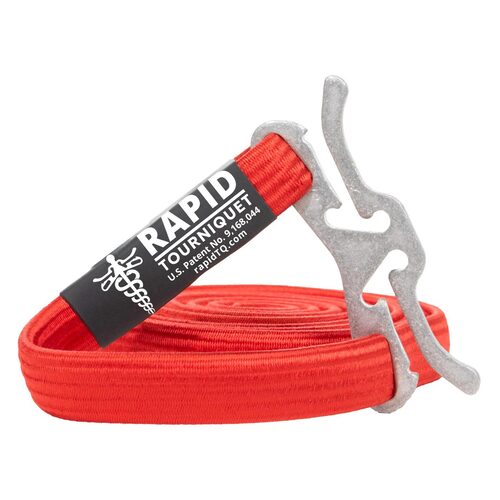






Leave a comment